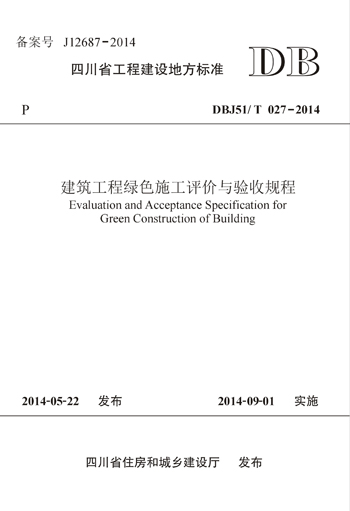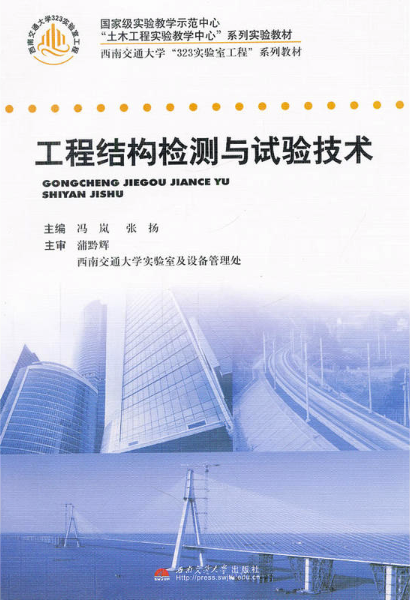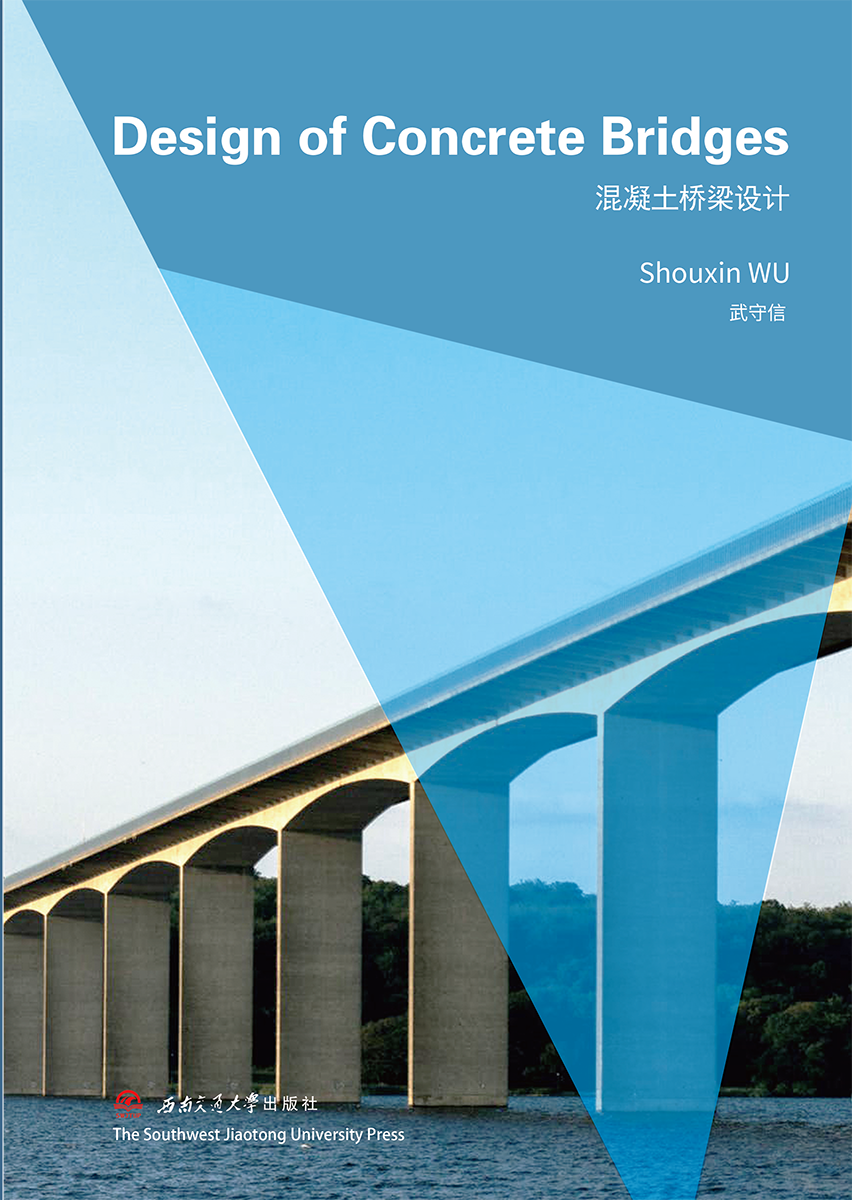-
 工程经济学(第2版)
工程经济学(第2版)作者:黄喜兵
本书为普通高等院校工程经济学教材。全书主要介绍了工程经济学的发展、资金的时间价值和现金流量、建设项目的绝对效果和相对效果评价、建设项目的财务评价和国民经济评价、不确定性分析和风险分析以及价值工程等内容,针对工程经济学研究的对象、原理、计算等作了较为详细的阐述,并在引用最新政策和规范的基础上加入了较多实例,以加强读者对本书内容的理解。本书特别注重实践性,与我国现行法规、规范及现实生活联系紧密,与我国造价工程师、建造师、咨询工程师(投资)等职业资格考试内容高度衔接。本书内容深入浅出、通俗易懂、难易适中,既可作为高等院校相关专业本、专科学生的教材,也可供造价工程师、建造师、咨询工程师(投资)等专业人士参考。
-
 建筑工程绿色施工评价与验收规程
建筑工程绿色施工评价与验收规程作者:成都建筑工程集团总公司, 编著
本规程是根据四川省住房和城乡建设厅《关于下达四川省工程建设地方标准<建筑工程绿色施工评价与验收规程>编制计划的通知》(川建标发[2013]176号)的要求,由成都建筑工程集团总公司会同有关单位共同编制完成的。本规程在编制过程中,编制组进行了广泛深入的调查研究,总结了工程的实践经验,参考了国内相关标准,在广泛征求意见的基础上完成。本规程共分9章,主要内容包括:总则、术语和符号、基本规定、评价体系、绿色施工管理评价、绿色施工创新评价、绿色施工成效评价、评价与验收方法。
-
 工程结构检测与试验技术
工程结构检测与试验技术作者:冯岚
《西南交通大学“323实验室工程”系列教材:工程结构检测与试验技术》共分工程结构检测与试验概述、结构荷载试验的数据采集及常用量测仪器、结构试验的加载方法及加载设备、结构静力检测与试验、结构动力检测与试验及结构现有质量状况的无损检测技术六章
图书分类
Book classification- 本书是面向土木工程专业硕士留学研究生的教材,汲取国内外同类教材的优点,融合了国内外著名教材的写作风格,将混凝土桥梁的设计和施工放在一起叙述,基于中国设计规范介绍中国铁路和公路混凝土桥梁的设计原理和计算方法,特别是当代混凝土桥梁设计的新理论和方法,并介绍欧美等国家的规范,作为参考。本书系统地介绍了钢筋混凝土和预应力混凝土桥梁的设计过程、规范背景和应用、以及典型桥例,介绍了中国铁路和公路桥梁建设的成就...查看更多
- Concrete is a widely used construction material in China, and indeed in the world. The application of prestressing techniques for bridges has extended the spanning capability of concrete bridges, and ...查看更多
-
Preface vii
Chapter 1 Introduction 001
1.1 Significance of bridges 001
1.2 Structural types of concrete bridges 003
1.3 Historic development of bridge building 011
1.4 Advance...查看更多 - 武守信,西南交通大学土木工程学院副教授;专业方向为桥梁工程;主讲留学生研究生全英文课程以及西南交大利兹学院全英文课程;参与多项国内大型桥梁的施工监控和科研项目。




